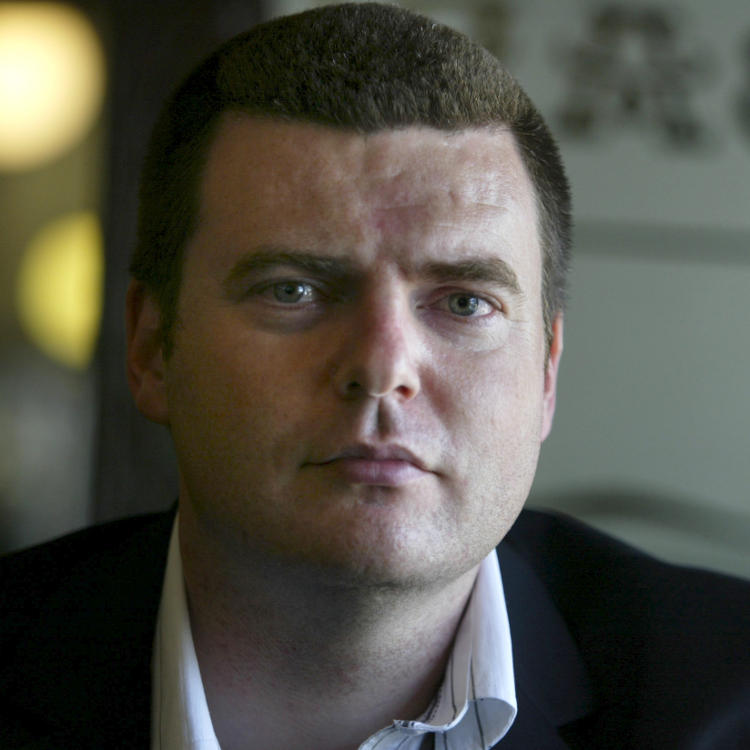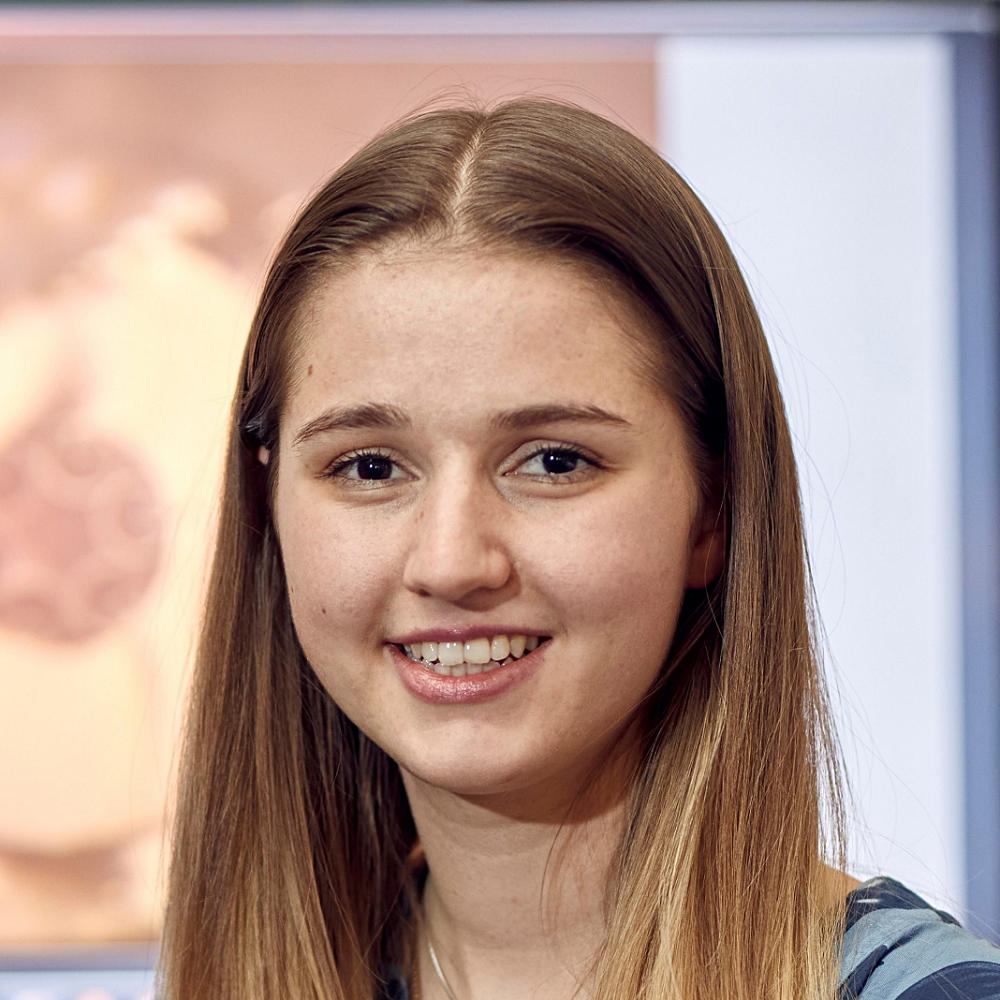Answer:
A subject which would help you to understand how computers work would be binary and maths logic. Other maths subjects which may be beneficial would be algebra or discrete maths, but the level in which you'd need to delve into each subject really depends on what area of computing you're interested in. For example, to write code (software developing) you don't need to have a deep knowledge of mathematics whereas a data science career would require a deeper knowledge base.
What is binary? Binary is actually a numeric system that only uses 2 digits. These digits are 0 and 1. We, as humans, typically use the decimal numeric system but computers only use the binary system – this means computers store data and perform actions using only 0s and 1s. Here is a useful resource which explains
how the binary system works and how binary actually stores numbers.










